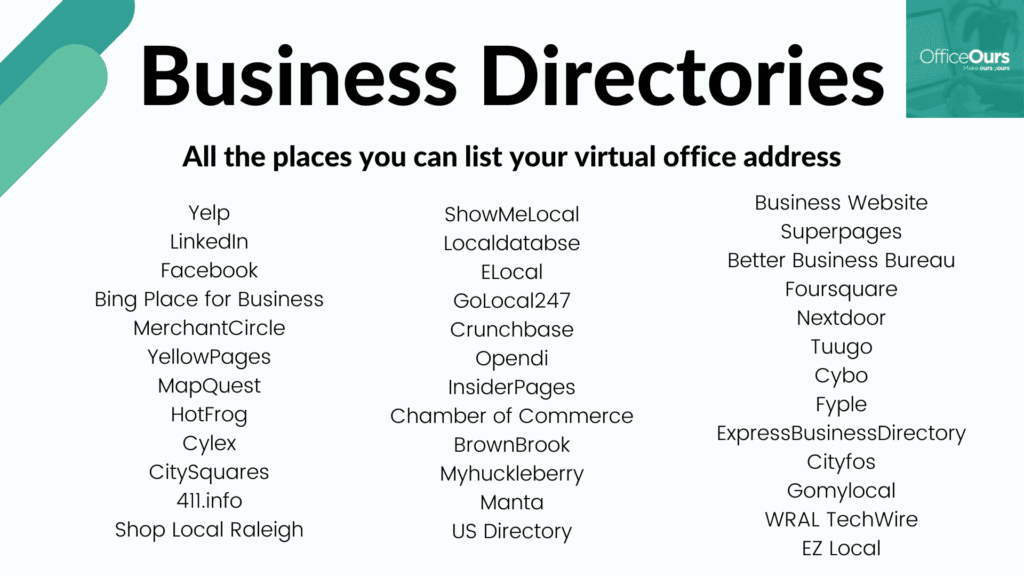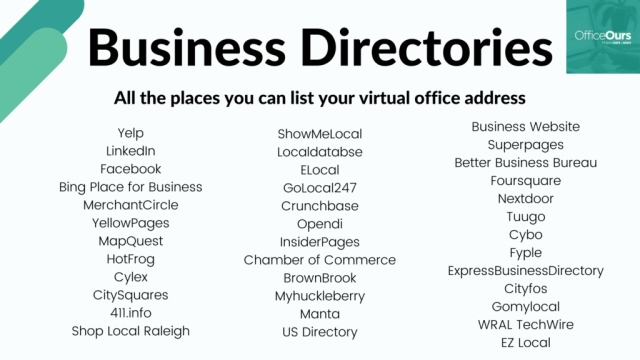
In virtual space, having a well-organized digital platform can greatly improve the overall user satisfaction. A web directory serves as a useful tool, offering a well-organized and easy-to-navigate compilation of websites and offerings. By launching your personal web directory, you can not only that provide valuable links with people but also form a space that can draw in users and maybe generate revenue.
Creating a web directory or online portal might seem like a daunting task, but with the right strategy, it can be a satisfying endeavor. Whether you are aiming to create a directory based on specific interests, companies, or community resources, this resource will lead you through the essential phases to get begun. From designing the framework to marketing your directory, you will gain a thoroughly detailed knowledge of how to create a thriving web resource.
Choosing the Perfect Market Segment
Deciding on a segment for your web directory is a critical first step that can considerably affect its success. A clearly defined target market allows you to target a defined audience, making it simpler to draw in visitors and involve users. Think about areas that interest you individually, as your enthusiasm will keep you motivated and committed in the directory’s expansion. Popular categories include local business directories, learning materials, or narrow interests such as exploration, health, or technology.
Investigate the competitors within your chosen category to confirm there is need but not an abundant number of existing directories. Look for opportunities in the industry where your directory can offer special value or elements that others do not provide. Understanding the requirements of your prospective audience is essential; conducting questionnaires, utilizing social networks, or exploring community sites can help you gauge interest and determine what users are seeking.
Lastly, think about the long-term continuity of the market segment you select. Market trends can shift, so think about how your directory can adapt over time. Choose a category that has the potential for development, allowing you to include additional segments or services as your directory develops. Balancing enthusiasm with data analysis will set a strong foundation for your online directory.
Constructing the File Structure
Forming a structured directory structure is vital for the ease of use and maintainability of your web directory. Begin by defining the key sections that will encompass the information you aim to include. Reflect about the interests of your user base, and arrange sections in a way that makes sense to them. For instance, if your directory targets services, you might have categories like Restaurants, Providers, and Shopping.
When you have established your primary categories, it is important to create sub-sections that allow for more organization. This helps users discover detailed information more easily. To illustrate, under Eateries, you could develop sub-sections such as French, Asian, and Fast Food. Make sure that the system remains intuitive; users should be able to move through categories and subcategories with ease.
Finally, consider the search options and how it fits with your file arrangement. Adding a search feature that allows users to search through sections can boost the user engagement dramatically. Additionally, be mindful of how your resource is presented in terms of design. A clean layout with distinct labels for categories and subcategories will help users quickly locate the information they require, making your digital directory a useful asset.
Marketing Your Web Directory
Once you have created your web directory, the next important step is promoting it to draw in visitors and listings. Start by harnessing social media platforms to distribute your directory’s content and interact with prospective users. Set up profiles on popular platforms like Twitter, Instagram, and LinkedIn to showcase the features of your directory, post regularly, and engage with your community. Consider joining relevant communities and forums where you can share your directory’s link and discuss related topics to draw in interest.
Another effective approach is to use search engine optimization methods to improve the prominence of your web directory in search findings. Conduct keyword research to determine phrases that your target audience is looking for, and include these into your directory’s content, including titles, descriptions, and metadata. Additionally, creating backlinks from reputable domains can enhance your directory’s reputation, making it more likely to rank at the top of search results.
Lastly, think about running advertising campaigns to further exposure for your web directory. Depending on your financial capacity, you can allocate funds in pay-per-click advertising through platforms like Google Ads or use social media ads to engage a more targeted audience. Presenting promotions or incentives for users to add listings or share your directory can also enhance engagement, making your web directory a go-to resource in your niche.
